only In 2024, a new species of small wild cat was proposed – the tiger leopard cat. There are currently two valid tiger cat species – the northern tiger cat (oncilla) and southern tiger cat.
Scientific name: Leopardus pardinoides
Conservation status: Not listed, but population declining, possibly Endangered.
Lineage – The clouded tiger cat belongs to the Ocelot lineage, which includes the ocelot, margay, pampas cat, Andean mountain cat, oncilla southern tiger, oncilla northern tiger cat, Geoffroy’s cat, and kodkod.
More about the clouded tiger cat
The clouded leopard cat is a new tiger cat species proposed in 2024. Research conducted by the Universidade Estadual do Maranhao has shown that there are three separate oncilla species, the northern tiger cat (Leopardus tigrinus), southern tiger cat (Leopardus guttulus) and now the clouded tiger cat (Leopardus pardinoides).
History
It is believed the clouded tiger cat separated from the other two tiger cat species approximately 2 million years ago.
Physical appearance
The clouded tiger cat is around the size of a house cat, with round ears and long tails. It weighs around 5 lbs.
They have more vivid spots than the other tiger cats, and only one set of nipples (the other tiger cats have two).
Location and habitat
Clouded tiger cats can only be found in the cloud forests of the southern Central American and Andean mountain ranges.. The southern tiger cat guttulus inhabits Brazil’s lowland forests near the Atlantic and the northern tiger cat tigrinis the savannas of the Guiana Shield, a high diversity region extending from Colombia to Brazil, and central and northeastern Brazil.
Conservation
The primary threat to tiger cats is habitat loss. It is believed that all three tiger cats has lost more than half of their range from agriculture and various types of development. For the most part, you will also find tiger cats outside of protectitve areas.
Research, references and quotes
“Principal component analysis showed three clearly distinct groups, with the Central American specimens (oncilla) clustering entirely within those of the Andes, namely the pardinoides group of the cloud forests of the southern Central-American and Andean mountain chains (clouded tiger-cat); the tigrinus group of the savannas of the Guiana Shield and central/northeastern Brazil (savanna tiger-cat); and the guttulus group in the lowland forests of the Atlantic Forest domain (Atlantic Forest tiger-cat).” – 2024 Ecological modeling, biogeography, and phenotypic analyses setting the tiger cats’ hyperdimensional niches reveal a new species | de Oliveira, Fox-Rosales et al., Scientific Reports.
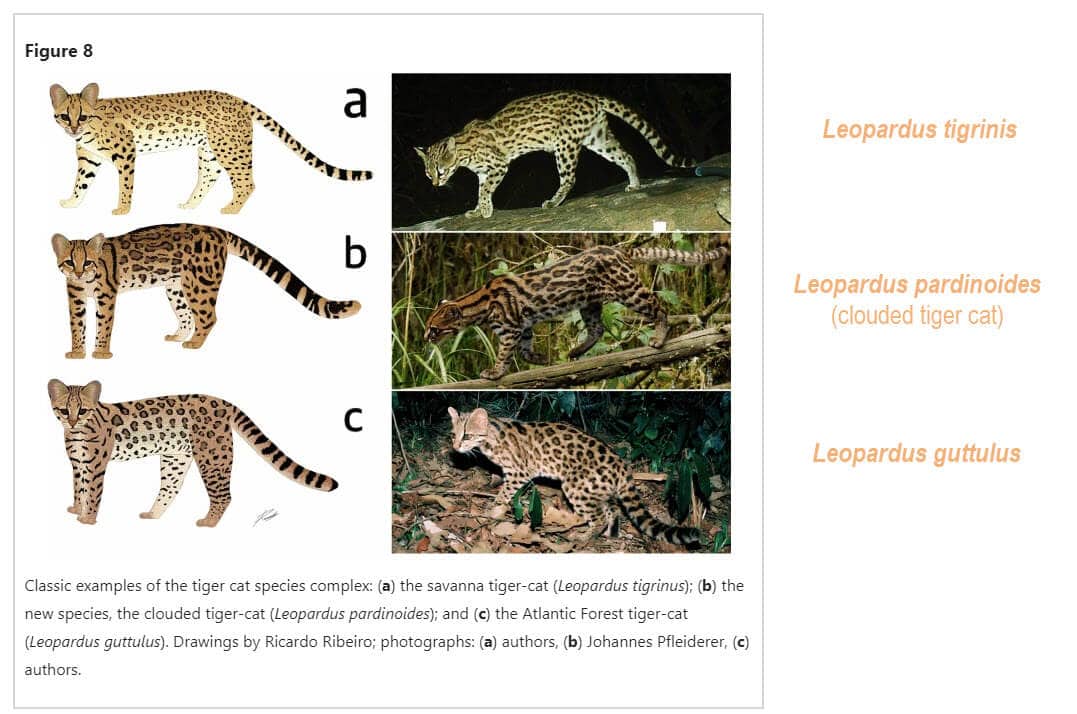



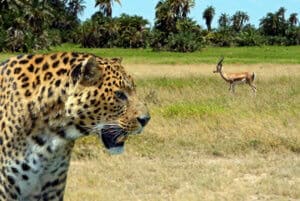




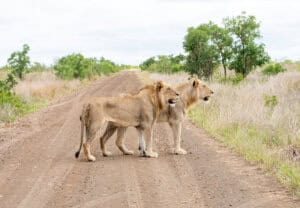
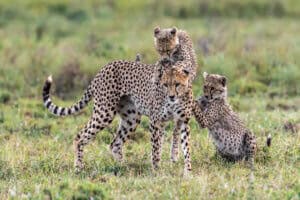


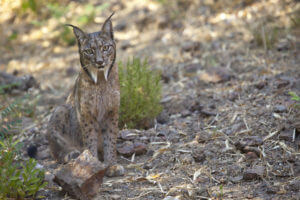




0 Comments